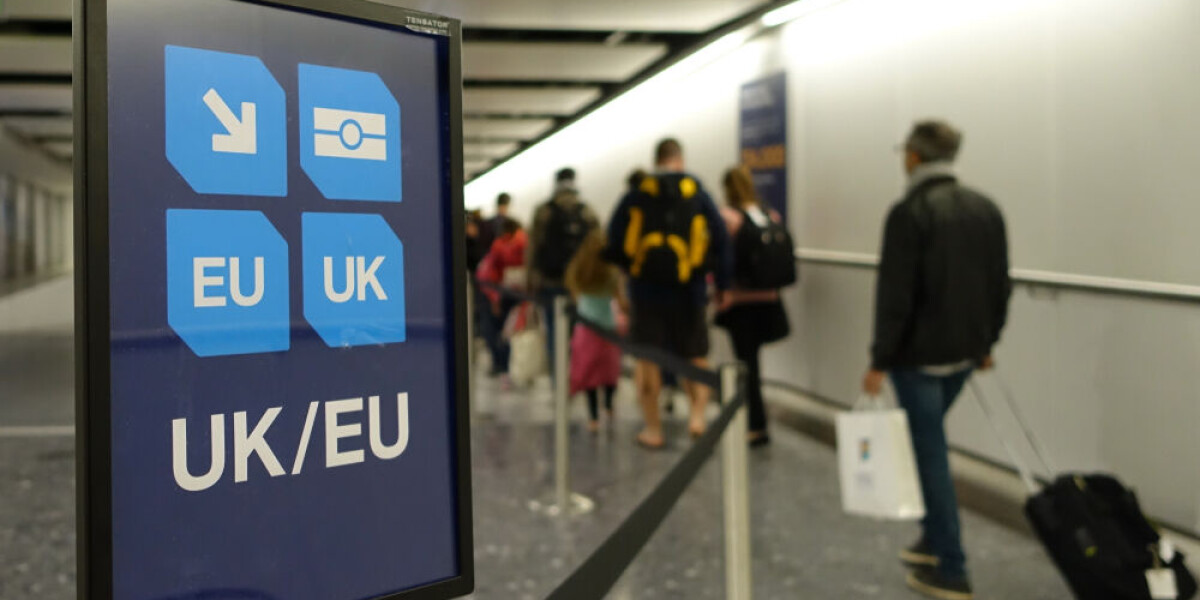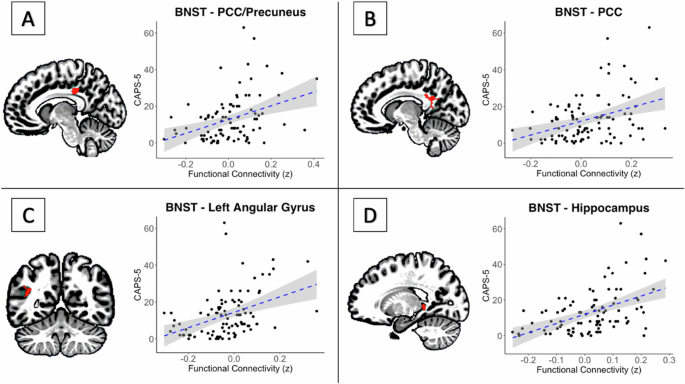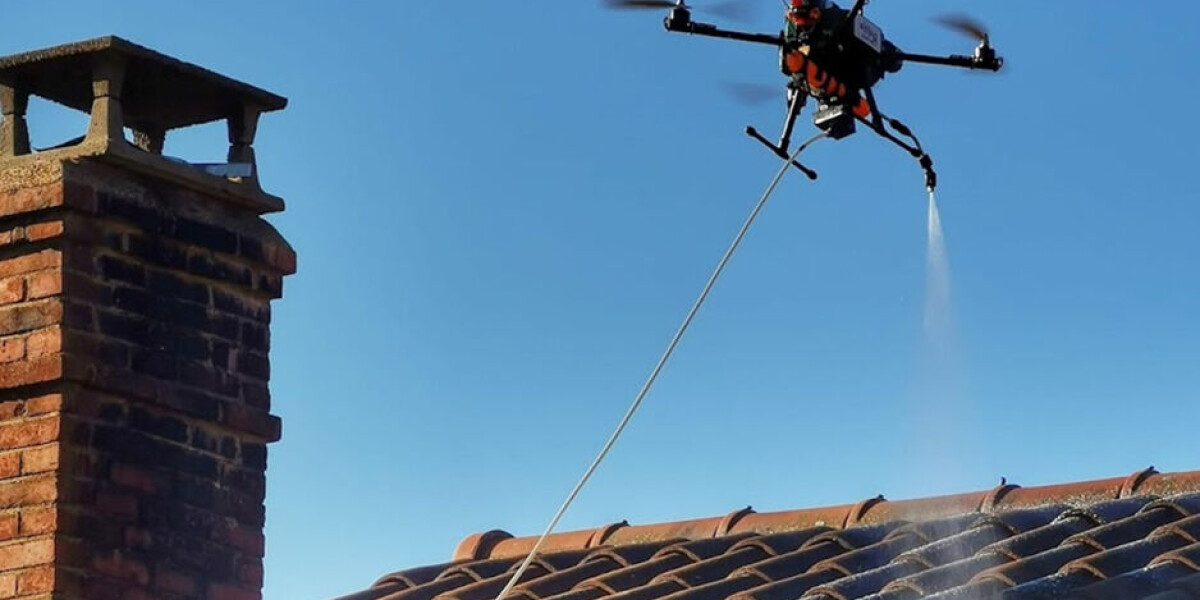
- Select a language for the TTS:
- UK English Female
- UK English Male
- US English Female
- US English Male
- Australian Female
- Australian Male
- Language selected: (auto detect) - EN
Play all audios:
PART OF THE EU’S NEW ENTRY/EXIT SYSTEM (EES) IS A COMPLETE DIGITISATION OF BORDER CONTROLS Reader Question: When the new EES is implemented will the system be able to know how much time I
have previously spent in France beforehand? Will it be possible to use most of my 90-day allowance, return back to the UK, then start ‘fresh’ on 0 days when I hand over my biometric data the
first time? Part of the EU’s new Entry/Exit System (EES) is a complete digitisation of border controls, including the ending of manual passport stamping. Passports will now need to be
scanned upon arrival and on exiting the bloc, allowing an automatic calculation of how many days people have spent in the EU, and how many visa-free days they have left over the next 180
days after leaving. Read more: New European Entry/Exit System: 9 key things to know in advance However, there will, at least in the first instance, still be border guards manually reviewing
passports alongside these digital checks. Christian Wigand, European Commission Spokesperson, told The Connexion that “ As per the EES regulation, from the day the EES starts operations and
at least for a period of 180 days, the border authorities will check the stamps… [alongside] EES data to ensure people have not overstayed.” This means that if you spend time in France (or
in any country where the EES will come into force in the 180 days prior to it being implemented) border guards will be able to adjust the information tied to your passport when you re-enter
the bloc. This will ensure that it accurately represents how many visa-free days you can spend in the Schengen Area for that period. ENSURE PASSPORTS ARE CORRECTLY STAMPED BEFORE EES
BEGINS Note that one of the reasons the EES is being implemented is due to inconsistencies with border stamping. If your passport has been stamped upon arrival in the EU during a recent
visit (and within 180 days before the implementation of the EES) and you wish to then revisit the EU soon after, ensure you receive a border stamp when leaving EU. This will allow
authorities to accurately calculate how many visa-free days you have left when you re-enter under the then implemented EES rules. If you have an arrival but not an exit stamp from the
Schengen area before the EES comes into force, and cannot prove to border authorities when you last left the bloc, it may cause confusion when you try to re-enter the Schengen Area. This
could see a reduction in the initial number of days you can spend visa-free in the bloc, before the reset after 180 days spent outside of the EU. Read more: Biometric border checks: what
questions will be asked to enter France? Mr Wigand also confirmed that those who are in the Schengen Area on a visa-free trip that starts before the EES is implemented, but ends once the
border changes have come into force, will not be affected. “If someone entered before the EES started operations and leaves after, an exit record will be created using the entry stamp
affixed in the passport upon entry,” he said. There have been recent suggestions that the implementation of the EES has been delayed once more, and is set to begin operations in November
2024 instead of October 2024. The EU has not officially confirmed the launch date of the system. Read more: New delay for EU biometric border controls reported








